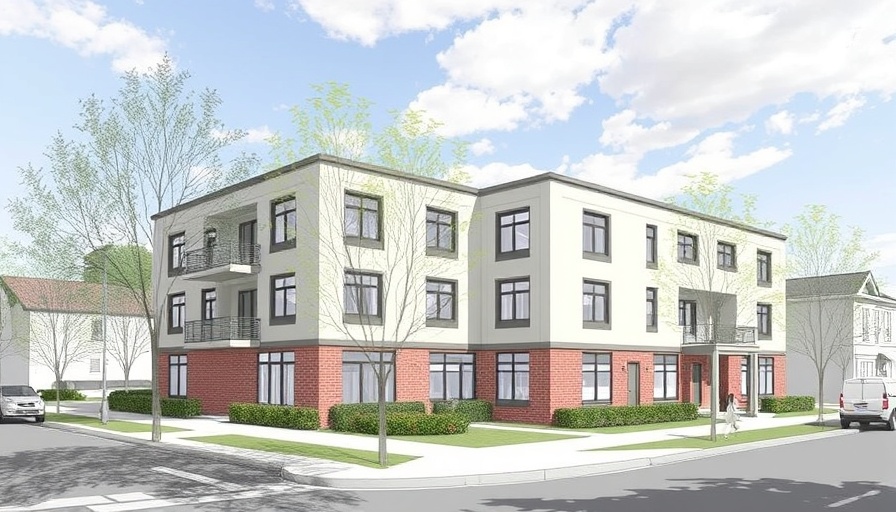
Final Steps in Solar Energy Adoption
The journey to harness solar energy is becoming increasingly streamlined for homeowners looking to cut their energy costs and enhance their property value. Recently, a promising project reached the critical milestone of final design approval, setting the stage for permitting. This is a goal many homeowners are eager to achieve in light of the numerous benefits solar energy offers.
The Importance of Permitting
Permitting is more than just a bureaucratic step; it ensures that solar installations meet local regulations and safety standards. As each locality has different requirements, it’s essential for homeowners to understand what’s needed in their area. Proper permitting can simplify the installation process, preventing potential delays once the actual setup begins.
Benefits of Going Solar
Investing in solar power not only contributes to environmental sustainability but also provides financial advantages. Homeowners can significantly reduce their utility bills, and various states offer incentives to make solar more affordable. Additionally, solar energy systems can increase property values. According to studies, homes equipped with solar energy systems sell for more than those without.
Future Trends in Solar Energy
As technology advances, we can expect to see improvements in solar panel efficiency and battery storage capabilities, allowing homeowners to maximize their energy savings. Recent innovations include transparent solar panels, which can not only serve as energy sources but also replace conventional windows in homes. The future looks bright for solar energy, and homeowners would be wise to stay informed about these developments.
Understanding the Initial Steps
For many homeowners, the initial step involves selecting the right solar provider. It’s integral to research local installers who have a proven track record and positive customer feedback. Homeowners should seek quotes and ask about financing options. Proper planning and understanding of the installation process can lead to a smoother experience and a quicker return on investment.
Overcoming Challenges in the Solar Market
Despite the advantages, challenges remain in the solar energy market. Not all homes are ideal candidates for solar installations due to shading issues or structural concerns. However, solutions such as solar canopies or community solar programs can offer alternatives for those not suited for traditional installations. Understanding these options allows homeowners to remain proactive in seeking sustainable energy solutions.
Common Misconceptions about Solar Energy
Many homeowners may hold misconceptions about solar energy, believing it to be too expensive or complicated. However, the cost of solar technology has significantly declined over the years, making it more accessible than ever. Additionally, advancements in technology have simplified the installation process, with many homeowners finding it easier to transition than they initially thought.
The Environmental Impact of Solar Energy
When homeowners choose solar energy, they contribute to the reduction of fossil fuel dependence and lower carbon emissions. In a world increasingly concerned about climate change, shifting towards renewable energy sources is vital. By adopting solar energy, homeowners are not only benefiting economically but are also playing a crucial role in fostering a cleaner environment.
Conclusion and Next Steps
As the final design moves into permitting, excited homeowners can take the next step by preparing their properties and educating themselves about the installation process. Staying informed and engaged in the solar energy conversation will empower homeowners to make the best choices for their families and the environment. By choosing solar, they embrace an eco-friendly path that benefits both their finances and the planet.
 Add Row
Add Row  Add
Add 



Write A Comment